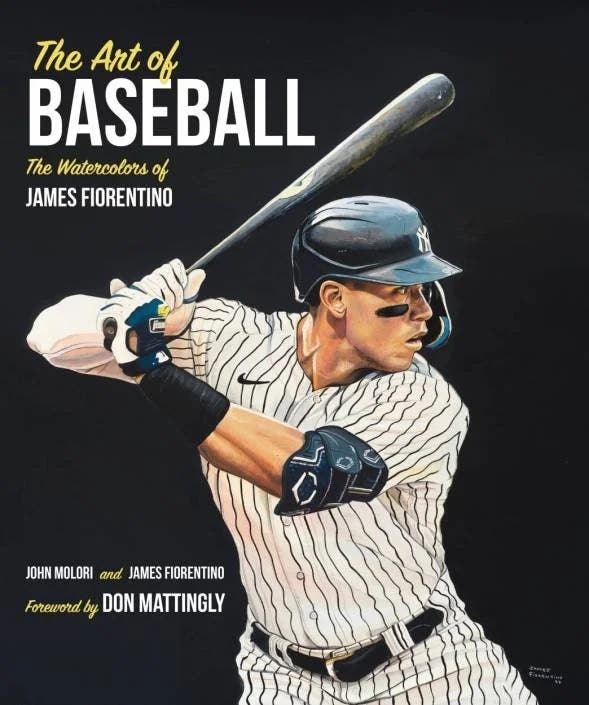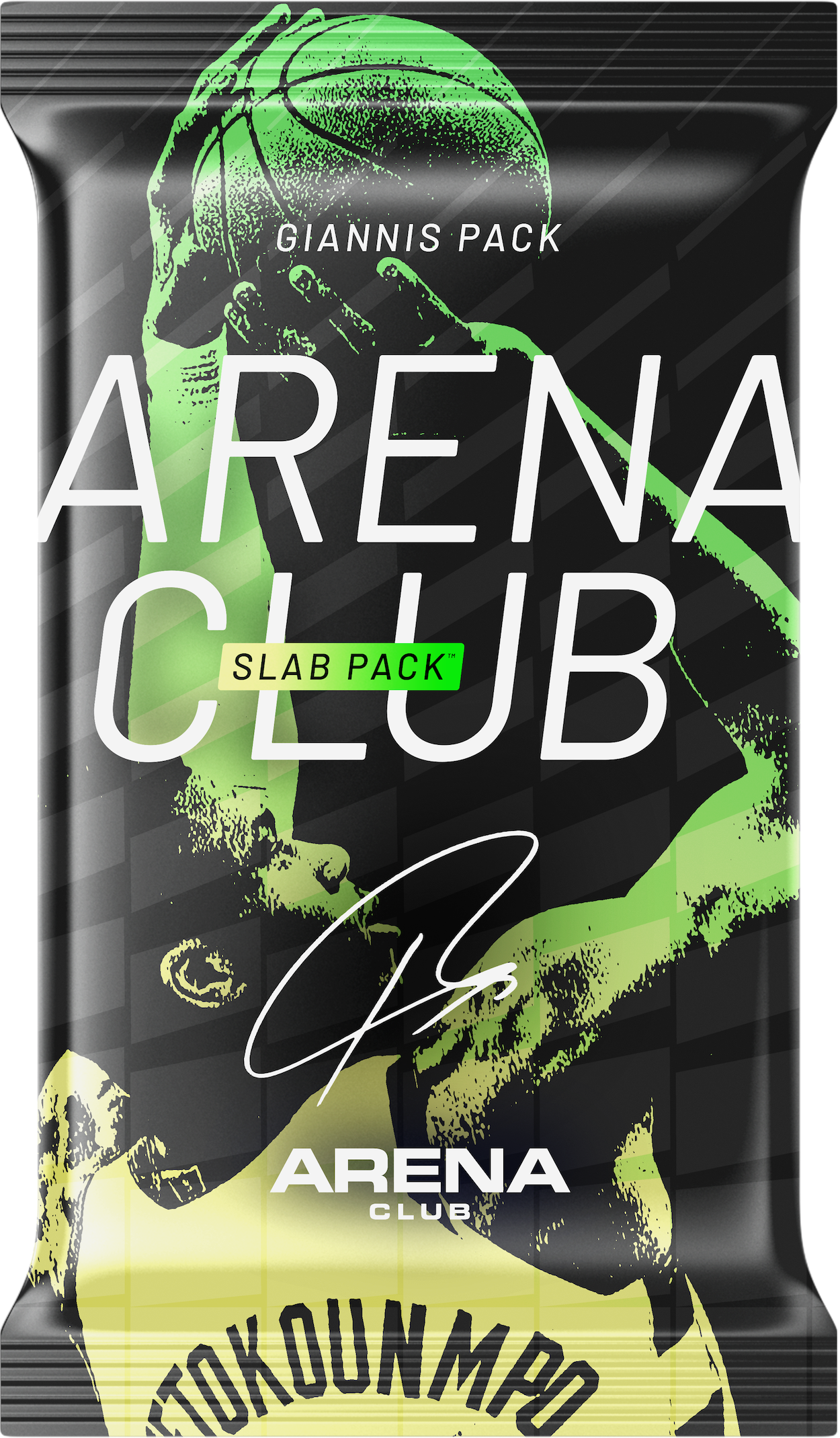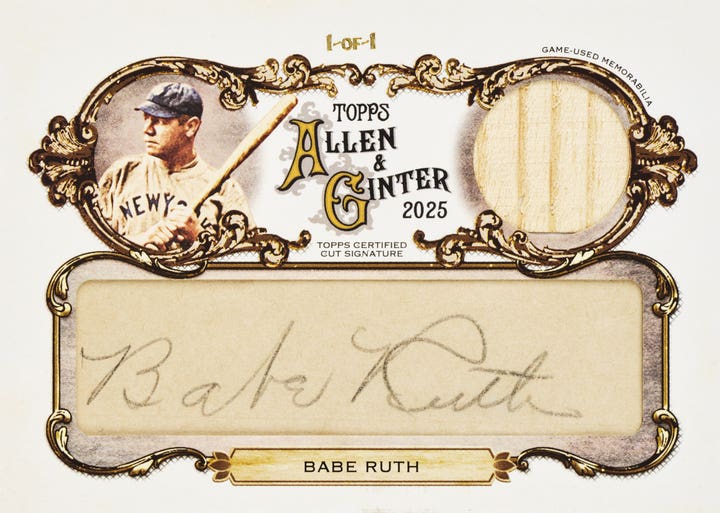News
BASEBALL’S ‘MONA LISA’: How Topps’ 1952 Mickey Mantle became the most iconic card in hobby history
Somewhere in the great beyond, Sy Berger must be smiling. When he and graphic artist Woody Gelman gathered at the kitchen table of Berger’s Brooklyn apartment in the autumn of 1951 — just weeks after Bobby Thomson smacked his pennant-winning “Shot Heard ’Round the World” — they weren’t thinking about creating works of art.
They merely were trying to design a set of cards that would encourage kids to chew more Topps bubble gum.
“The ironic thing is that it wasn’t supposed to be about the cards,’’ Berger told me several years before his death in 2014. “Back then, Topps was in the business of selling gum and they thought if we put a bunch of cards in a package with a stick of gum, it would boost sales. Never, in a million years, did any of us think that baseball card collecting would become such a big part of popular American culture. But it did. And Topps quickly adjusted their focus. The cards became the thing.”
Did they ever.
In addition to convincing kids across America to take up collecting, that gorgeously designed 1952 Topps set eventually achieved status and mega-dollars once reserved for famous paintings. And one card among the 407 issued would soar above all the others. The #311 Mickey Mantle would develop a mystique all its own and become the Holy Grail of sports cards. Seventy years later, it still boggles the mind that a Mickey would be valued like a Monet.
“Think about that for a minute,’’ said Mike Baker, the longtime authenticator who has graded the three gem-mint 10 Topps ’52 Mantle cards, plus the six given 9 ratings. “Who would have ever thought that a card you could have purchased for a cent and might have stuck in a shoe box or the spokes of your bike would one day become a $50 million investment?”
So how in the world did a 2 5/8-inch-by-3 ¾-inch slab of cardboard rocket to such stratospheric heights? A perfect confluence of events, really, driven, in large part, by the popularity of Mantle himself, who became the hero of baby boomers in the 1950s — a time when baseball reigned supreme and the Mick emerged as the first sports television megastar.
For many, Mantle symbolized the American dream. Blessed with Hollywood-good looks, a catchy, alliterative name and unprecedented power from both sides of the plate, he wound up making the improbable journey from Oklahoma’s Dust Bowl to New York’s Yankee Stadium, where he followed in the legendary spike steps of Babe Ruth, Lou Gehrig and Joe DiMaggio.
“He was THE icon from a great period of baseball — an era that attracts collectors who are nostalgic and longing for simpler times,” said Collectible CEO Ezra Levine, whose fractional sports memorabilia investment firm has given collectors the opportunity to own pieces of two Topps ’52 Mantles.
Some of the card’s allure has to do with the famous set from which it hails. That collection of Topps cards was revolutionary for its design and innovation. It featured up-close color photographs, facsimile autographs and backside statistics and bios painstakingly gathered and compiled by Berger, who, in those pre-internet days, spent countless hours mining information and photos from reference guides, magazines, books and newspapers.
Also See: All things Mickey Mantle
The ’52 set would become the hobby’s standard-bearer. And, over time, its value would be enhanced by the fact it was produced by a company that would earn a Ruthian reputation among card manufacturers.
“1952 was the first year Topps produced baseball cards,’’ Levine said. “Just as collectors collect rookie cards, first-year productions can be in high demand. The Mantle card, in particular, has incredible eye appeal. It is a true work of art.”
Scarcity is another contributing factor. Topps issued its final 1952 series, which included the Mantle, late that summer, and sales wound up being disappointing because the baseball season was over and kids had turned their attention to football.
Berger and Gelman worked like mad to unload their overproduced stock, but soon discovered they couldn’t even give the cards away. By 1960, Topps’ small warehouse was still filled with several hundred cases of the high-number series, and in order to make room for new inventory, Berger had no choice but to rent a garbage barge and oversee the dumping of his babies into the Hudson River.
“It was painful,’’ he said. “We had put so much work and effort into that set, but we didn’t have a choice. Of course, who could have known that years later, when the hobby exploded, that set, especially Mickey’s card, would be selling for a king’s ramson?”
THE BEST OF THE BEST
Professional Sports Authenticator’s population report lists 1,480 ’52 Mantles, with all but 124 graded below a near-mint 7. A recent perusal of eBay showed a dozen listings, topped by an SGC NM7 with a minimum asking price of $400,000. A seller of a ’52 Mantle PSA 1 was seeking $100,000. Both asking prices are peanuts compared to what a top-of-the-heap version would command.
Baker first graded the three pristine ’52 Mantles in the mid-1990s while working for PSA. Two years ago, his Mike Baker Authenticated company had the opportunity to re-examine the three cards, and the experience gave him goose bumps.
“This may sound strange,’’ he said. “But it’s like an art dealer whose had the opportunity to hold the Mona Lisa and view it up close.’’
Of the three top-rated Mantles, one stood out a little more than the others — the one owned by the world’s most prominent sports collector, Marshall Fogel.
“Nothing against the other two that I graded 10 — they’re awesome cards — but not all 10s are created equal,’’ Baker said. “Marshall’s was as near to perfection as a card can be. It is perfectly centered, front and back. It has four sharp, squared corners, and the colors are spectacular. It looks like it just came fresh out of a pack. It’s an amazing card. You keep asking yourself, ‘How was someone able to keep it this nice for that long?’”
Also See: Mickey Mantle Collectibles Guide
One of the things Baker has done with his authentication business is assign a black diamond to the best of the best. And that’s what he did after Fogel asked him to take another look at his ’52 Mantle, as well as other items in his prodigious collection.
“Again, that’s not to demean the other two cards,’’ Baker said of the ones belonging to Arizona Diamondbacks owner Ken Kendrick and an anonymous owner. “It’s just that this one is a little bit better. If PSA had a 12 rating, instead of stopping at 10, this would be a 12.”
Fogel, a prominent Denver attorney, purchased his card in 1996 for $120,000. It’s not known what a gem mint ’52 Mantle would fetch on the open market, but one of the card’s owners reportedly declined an offer for $20 million three years ago. Though Baker deals in grading, not selling, he thinks that figure is way low, especially considering the way the sports collecting market has exploded in recent years.
“That’s always one of those fun conversations to have over beers,’’ he said. “I have had those conversations with some experts in the business, and they told me they wouldn’t be shocked if it went for at least $50 million.”
The most anyone’s paid for a ’52 Mantle is the $5.2 million actor/producer/entrepreneur Rob Gough spent for a mint 9 grade in Januarys 2021.
That record payment for a sports card was broken eight months later when someone purchased a 1909 T206 Honus Wagner for $6.6 million. That didn’t bother Gough because he views his Mantle card as an emotional and monetary investment. And he believes that despite the hefty price he paid he got a steal.
“As a kid, ripping packs in the 1990s, I always dreamt of owning one,’’ he told reporters. “This card was the most iconic card ever. It’s always been the face of the hobby, the card everybody knows … and I felt this Mantle was massively undervalued.”
Gough purchased it from former NFL guard Evan Mathis, who bought it for $2.88 million in 2018. Thirteen years earlier, a PSA-9 Mantle sold for $282,587, one-eighteenth of what Gough paid.
“If he were to sell it today, I think we’d have a new sales record for a sports card,’’ Baker said. “Honus would be back in second place.”
THE TRUE ‘HOLY GRAIL’
Usually, a player’s rookie card is his most valuable, but that’s not the case with Mantle, whose 1951 Bowman is his first card. And while that Bowman may be undervalued, it just doesn’t have the same backstory or intrigue that Mantle’s first Topps issue has.
While debate continues over whether the T206 Wagner or Topps ’52 Mantle is the “Mona Lisa” of the hobby, most agree that the Mick’s image is more iconic. Much of that has to do with Mantle coming of age during television’s rise, and the fact he helped launch the card collecting industry through his numerous show appearances in the 1980s and early ’90s.
“Wagner was one of the greatest ballplayers of all time, but he’s like ancient history because he played so long ago,’’ Baker said. “He didn’t become a cultural icon the way Mantle did. There are still millions alive who saw Mickey play. You’d have a hard time finding people who saw Wagner play.”
Baker said he would include both cards on his Mount Rushmore, “but if you could use only one image to represent card collecting, it would be the Mantle ’52 Topps hands down.”
Gough’s purchase brought the card national attention. As did Fogel’s decision last summer to publicly display his prized possession in the lobby of the History Colorado Center during the MLB All-Star Game festivities in Denver. Fifteen policemen on motorcycles escorted the armored car that delivered Fogel’s cardboard treasure to the museum, where it was placed in a secure, UV-lens protected, temperature-controlled case that once housed Thomas Jefferson’s Bible.
Last year, Topps re-issued the 1952 Mantle as part of a limited edition set of cards honoring the 70th anniversary of the Yankee Hall-of-Famer’s major league debut. Many of the artists who participated in the recently-concluded Topps Project 70 campaign opted to create their own versions of Mickey’s most coveted image.
Earlier this year, Topps, in conjunction with the Mantle estate, auctioned a 1-of-1 NFT, and the digital card sold for $470,000. Each of these developments underscored the player’s and the card’s enduring popularity and impact on the hobby.
“Demand continues to out-pace supply for the ‘52 Topps Mantle in many grades,’’ Levine said. “The popularity, collectability and invest-ability of this asset has taken on a life of its own. As more collectors and investors come into the market, this is a top target in building a collection.”
In other words, there’s a good chance this brainchild of Sy Berger will continue its upward trajectory, just like those kiss-the-cloud, tape-measure home runs for which the Mick was famous.
— Nationally honored journalist Scott Pitoniak is the author of more than 25 books, including the recently published, “Remembrances of Swings Past: A Lifetime of Baseball Stories,” available in paperback and Kimble at amazon.com.








